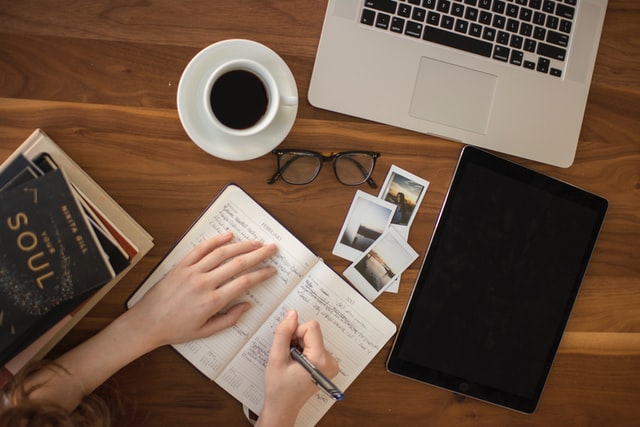Everyone learns differently. Some people can simply read a textbook and glean all the information they need, while others are auditory learners who retain far more from lectures and audiobooks than most. Then there are the hands-on learners, who develop skills and gather knowledge via “on-the-job” training.
Regardless of the learning style you have, there are things you can do to make learning easier. Keep reading to discover six powerful tips for tailoring your study sessions to your learning style.
- Get a Tutor
Everyone struggles in certain subjects at some point in their school career. There’s no shame in needing help to understand something, which is where tutoring comes in. If you’re having trouble in one class or another, do a Google search for the best online tutoring service delivering that subject matter. Tutoring is a great way to increase your understanding of a subject, improve your grades, and prepare for exams.
- Take Good Notes
For one reason or another, many students fail to take good notes. Whether it’s laziness or not knowing how to do it, not taking good notes can leave you missing valuable information during your study sessions.
Regardless of whether you’re typing out notes on a laptop or handwriting them in a spiral notebook, be sure your notes are detailed enough that you understand them when you study later. If you’re a visual learner, draw diagrams or pictures to help you further remember and understand the content.
- Watch Videos Online
Visual learners can benefit greatly from watching videos on the topic they are studying. You can find videos on almost any topic online, so take advantage of this tool as often as necessary to help you study.
- Use Flashcards
Flashcards are a great tool for visual learners. Not only do they give you an image to look at, but the repetition they provide as you go through them over and over helps you retain information more efficiently than you would if you simply read a textbook.
You can create your own flashcards using blank index cards, or you can use an online flashcard generator or app to enjoy a digital experience. Either way, you can go through the flashcards by yourself or with someone else, giving you a leg-up come test time.
- Put the Info in Your Own Words
Just as some people are visual learners, others can be auditory learners, meaning they learn better through listening. A great study tip for this style of learning is to put the information in your own words. Just reading the information out loud may be enough to help you retain it better, but if not, speak the information out loud in terms you relate to. Put the information into song lyrics or attach verbal clues to it to help you associate and remember the content.
- Take Breaks
Are you antsy? Do you have trouble sitting still for long periods? Do you tap your feet to imagined music? If so, you may learn better by not forcing the issue. This learning style, called kinesthetic learning, means you learn best through physical activity. When it comes to studying, shorter sessions with built-in breaks will be more effective than trying to force yourself to hit the books for hours at a time.
Everyone learns differently, and regardless of which learning style works best for you, the tips above can help you tailor your study sessions to suit your strengths and weaknesses.


